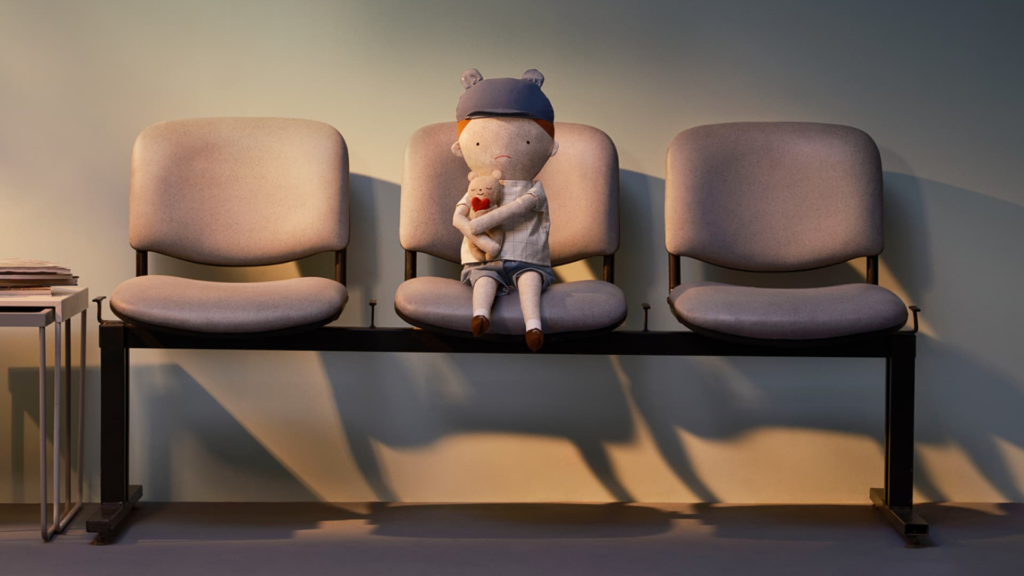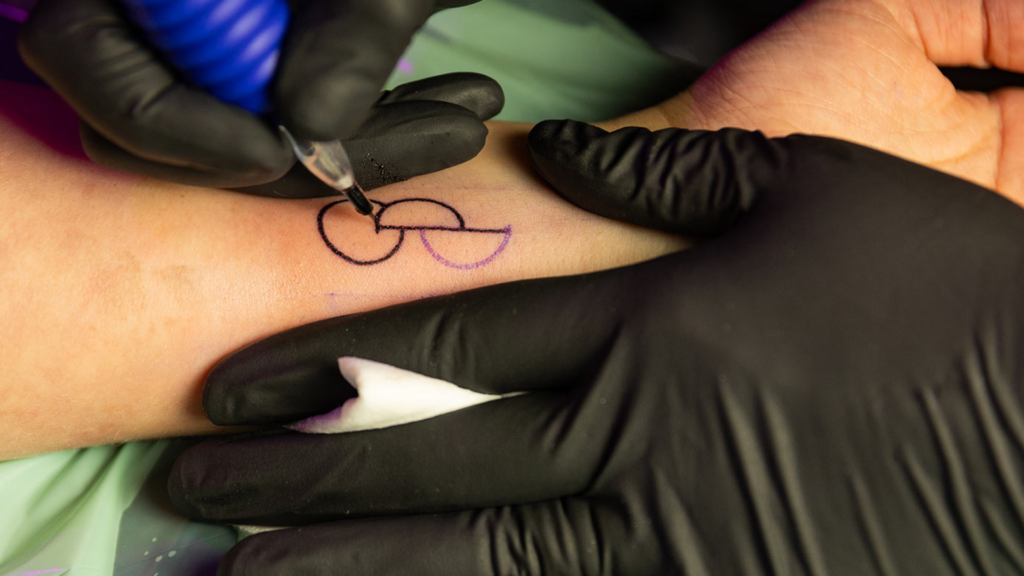Beyond the Wait: Innovative Approaches to Organ Donation
The global shortage of organs for transplantation remains a critical humanitarian crisis. Countless lives hang in the balance, awaiting the selfless act of donation.
Yet, cultural, societal, and systemic barriers often impede the realization of this life-saving potential. This edition explores groundbreaking initiatives from around the world that are challenging the status quo and transforming the landscape of organ donation.
By combining innovative technologies, empathetic storytelling, and culturally sensitive strategies, these campaigns are inspiring hope, generating awareness, and ultimately saving lives.
From leveraging the power of audio to personalize the donation process, to utilizing public art to spark conversations about organ donation, these campaigns demonstrate the power of creativity and compassion.
By exploring the stories behind these initiatives, we aim to shed light on the challenges faced by organ donation programs and celebrate the remarkable achievements of those working tirelessly to overcome them.
Case 1
WAITING TO LIVE (UK)
NHS Blood and Transplant have an urgent shortage of pediatric organ donors, with 233 children on the waiting list for a transplant. The Waiting to Live campaign made this invisible wait public, telling the real-life stories of children seeking a lifesaving donation.

The campaign is centered around an emotive stunt in waiting rooms across the country. 233 bespoke dolls, representing individual children, appeared in hospitals and GP surgeries, alongside OOH, TV, press, and influencer, generating over 1.5 billion impressions through earned media alone.
This campaign uses a creative and impactful approach to address a critical public health issue. It raises awareness, evokes empathy, and has the potential to save countless children’s lives. With a multi-channel approach – OOH, TV, press, influencers – the campaign reaches a vast audience, maximizing its impact on potential donors.
By making the invisible wait for child donors a tangible reality, the campaign has the potential to shift public perception and encourage more people to register as organ donors.
Case 2
#Optink (Germany)
Free tattoo designate organ donors
#Optink is a free tattoo to “opt-in” for organ donation in Germany, a legitimate proof of will in a system that requires explicit consent to become a donor. Though consent can take any form, the crucial step involves informing relatives, the ultimate decision-makers in the absence of a national organ donor database.

With 1 in 4 Germans being inked, they exploited a culturally relevant behavior to transform a topic that is often swept under the rug into a significant conversation-starter, turning hundreds of tattoo artists and thousands of new organ donors into permanent advocates for the cause.
#Optink tackles Germany’s organ donor shortage by cleverly leveraging a popular cultural practice: tattoos. In a country with a low donor rate and a system requiring explicit consent, #Optink offers a free tattoo as a permanent symbol of a donor’s choice. This culturally relevant approach sparks conversations with families, the ultimate decision-makers, and empowers thousands of newly minted donors and hundreds of tattoo artists to become permanent advocates for the cause. By utilizing a familiar symbol, #Optink fosters open dialogue and potentially saves lives.
Case 3
Paper Organs (Taiwan)
A Culturally Sensitive Approach to Increase Organ Donation in Taiwan
Taiwan faces a cultural barrier to organ donation due to the belief that the body must remain intact. To address this, the Taiwan Organ Sharing Registry & Patient Autonomy Promotion Center developed Paper Organs. These beautifully crafted paper replicas of organs, created by artist Chen Wen-tai, allow families to symbolically send organs to their loved ones in the afterlife, adhering to the tradition of “Joss Paper Burning.”

Paper Organs is more than just a functional product; it’s a cultural symbol that breaks taboos. It provides comfort to grieving families, eases their decision-making process, and shifts public perception towards organ donation.
The campaign’s success speaks volumes: a 28% increase in organ donation consent forms, collaboration with key hospitals, and a surge in positive social media discussions.
This innovative approach demonstrates the power of cultural sensitivity in promoting a life-saving cause.
Case 4
Hear My Last Wish (Taiwan)
Taiwan's Ministry of Health and Welfare Transforms Lives with the Power of Audio Donations
Hear My Last Wish is a digital service that uses technology to bring the power of audio to make a transformative change to Taiwan’s organ donation environment. It allows potential donors to record their donation wishes in audio format, played at crucial moments during hospital consent-seeking, ensuring the smooth execution of their intentions. Through Hear My Last Wish, each donor’s “voice” transforms into hope for others, realizing numerous successful organ donation cases.

Hear My Last Wish transcends a traditional donation program. This innovative initiative utilizes the power of audio to forge emotional connections. By allowing potential donors to record their wishes, the program personalizes the process at a critical moment for families facing life-altering decisions. This transformative approach not only respects donor wishes but also has the potential to significantly increase Taiwan’s organ donation rates, ultimately saving countless lives. Hear My Last Wish stands as a testament to the power of technology in bridging the gap in organ donation and creating a lasting impact.
Key Takeaways:
our cut ABBOVE
We saw
A shift from traditional, informational campaigns to emotionally driven, culturally relevant initiatives.
Campaigns that successfully tapped into human emotions, challenged societal norms, and leveraged technology to maximize impact.
Innovative approaches to a complex and sensitive issue: organ
donation.
We learned that
The importance of deep consumer understanding and empathy. By placing themselves in the shoes of their target audience, these campaigns effectively addressed underlying concerns and motivations.
That storytelling and emotional connections are powerful tools in driving behavior change.
That technology has potential to create personalized and engaging experiences.
This encourages us to
Seek for Cultural Relevance: Tailoring messages to specific cultural contexts can significantly enhance campaign effectiveness. By incorporating cultural nuances, we can build stronger connections with our target audience.
Leverage Technology: Technology can be a powerful tool for engaging patients and healthcare providers. Innovative digital platforms and personalized communication can improve patient engagement and adherence.
Invest in a Good Storytelling: Compelling narratives can inspire and motivate.
Triggers for innovation
How might we apply the concept of “audio donation wishes” to create personalized patient journeys, allowing patients to share their healthcare goals and preferences?
How can we utilize the power of storytelling to humanize complex medical conditions, as demonstrated in the “Waiting to Live” campaign, to build stronger patient connections?
What if we adapt the #Optink tattoo concept to create patient loyalty programs that reward adherence to treatment plans?
How can we incorporate elements of cultural sensitivity into marketing campaigns, similar to the “Paper Organs” initiative, to resonate with diverse patient populations?
How might we leverage the emotional impact of real-life patient stories to drive product differentiation and brand advocacy?
How could we measure the impact of our campaigns on patient quality of llife, using metrics beyond traditional sales and market share?
ABBOVE TEAM